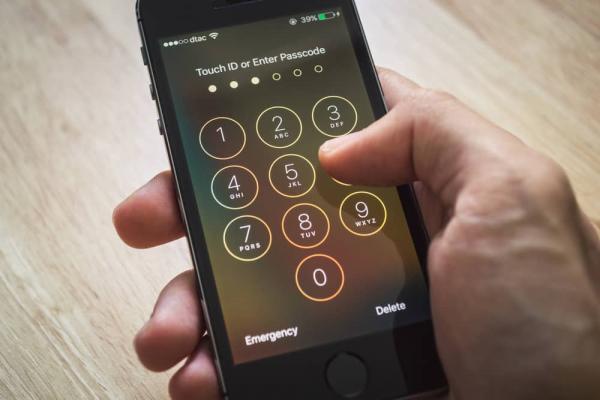
Nowadays, we don't just use our smartphones for calling or texting people once in a while. We use them for just about everything- checking and replying to emails, taking notes, creating documents or other work-related tasks, watching movies, monitoring our home while we're away, using it to remind us of appointments and events and checking social media.
This takes a toll on the battery life, even more so when you aren't in an area with great service or Wi-Fi. Aside from carrying around a charger for your phone, a USA Today article shared five helpful tips to preserve your battery life-and it won't cost you anything!
1. Do a battery test
Your phone should not be using much battery when it's in standby mode (when you're not actively using it). But sometimes an app might prevent your phone from actually going into standby mode, meaning your usage minutes will be higher.
How can you find out? For iPhone, the article states, "Go into Settings > Battery. Scroll all the way down to the bottom and you'll find two numbers, one for Standby and one for Usage. Your Usage number should be way, way lower than your Standby number."
If your Usage is higher than your Standby number, that means there could be an app actively running even while you're not using it.
For Android devices, Go to "...Settings > Device > Battery (or Settings > Battery if you have a newer version of Android). The information on this menu is essentially the same as it is on an iPhone, and lists 'Device Idle' which is the same as standby mode."
You can also view which apps are using the majority of your battery under this same menu, which may help you pin down what is using your battery or if an app is draining it while not in use.
2. Remove "push" notifications
These push notifications - particularly for email - can basically be refreshing constantly and searching for incoming emails. The problem is this uses a lot of your battery. A simple change in your settings can fix this problem.
"Go into Settings > Mail > Accounts> Fetch New Data" for iPhone. If it's set to 'push,' then you may want to change it to check at larger increments of time such as every 15-60 minutes. This will preserve a lot of battery power. Or you want to set it to Manual mode, which will only update as you open your email app.
You can also do this for other apps by going to Settings > Notifications and going through each app and choose whether you want to "Allow Notifications" or not.
For Android users, simply go to Settings > Apps and then adjust each app according to your preferences.
3. Check for "background apps"
Sure, it's convenient for some apps to refresh so they're up-to-date, but this can take its toll on your battery too. When you're checking your battery usage, you'll also see a list of apps and what percentage of your battery it uses- the highest consumer listed first.
Go to Settings > Batteryto see the list. "If you see an app listed with 'Background Activity' below it, that's when you know it's using power even when you're not using it. Facebook, Snapchat, Twitter, and streaming apps like Apple Music can be real demons in this department, so head to your Settings > General > Background App Refresh page and toggle off any apps you don't want working overtime to save some serious juice," states the article.
4. Keep on multitasking
Contrary to what we may think, double-clicking your home button and closing all the apps doesn't help preserve your battery. In fact, it may actually drain more battery. If you're going to go back to the app, leave it open, otherwise your phone has to reload the app which uses more battery life than just leaving it idle.
Similarly with Android, you pull down the menu bar down to reveal all the apps running. Leave them open rather than close them to preserve your battery.
5. Switch to "Low-power" mode
Turning on low-power mode does disable some features on your phone, but it will preserve your battery life. Both iPhone and Android have this feature. For iPhone, it will give you the option to switch to low-power mode when your battery level reaches 20%, or you can engage it yourself by going to Settings > Battery > Low Power Mode. For Android, go to "Settings > Battery then tap the menu icon and select 'Battery Saver.'"
It's also healthy to try to simply use your phone less. Obviously, if you're using it for work, you can't avoid it. But when you're with family or friends, put the phones away and enjoy each other's company.

